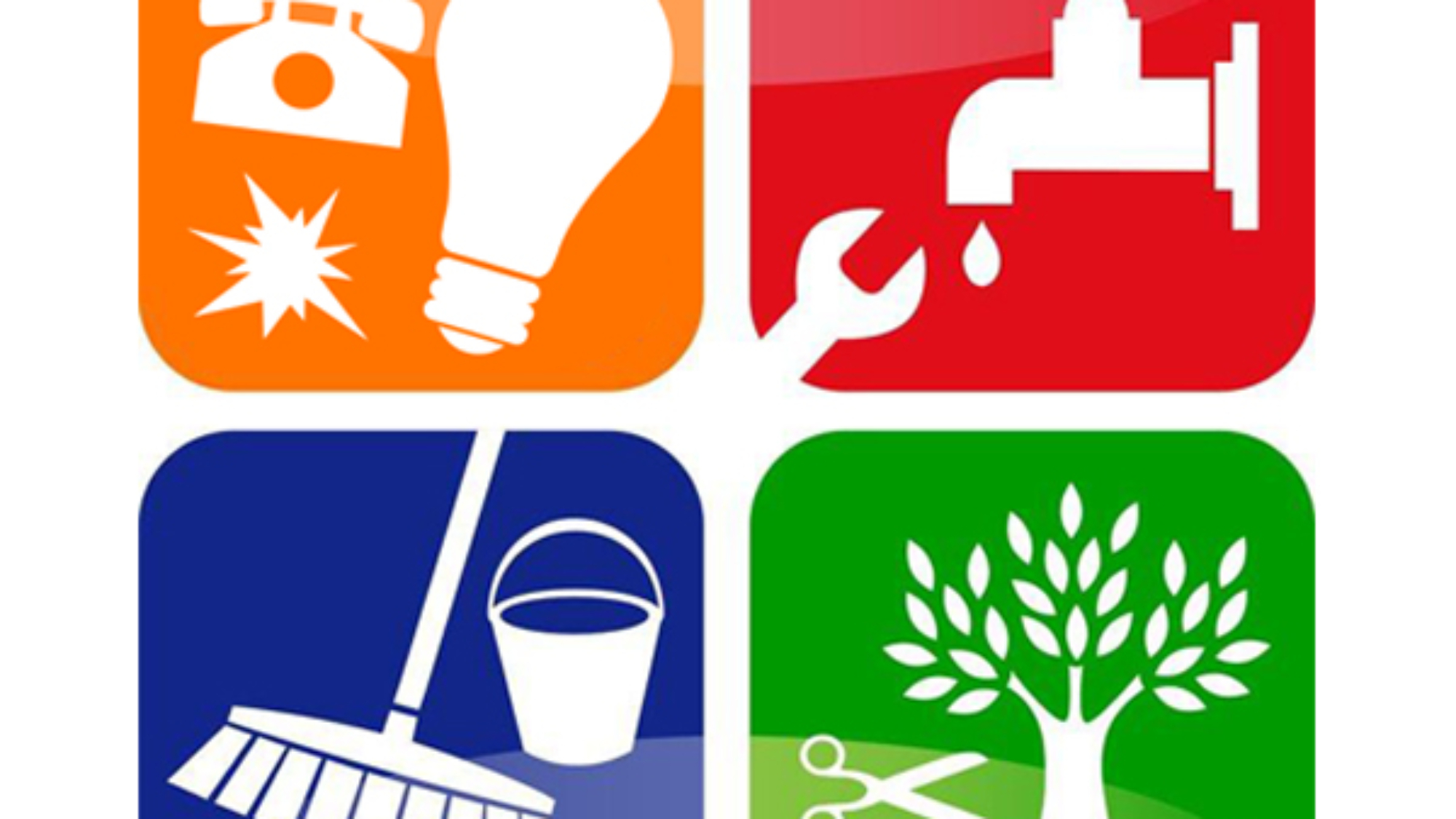Top Benefits of Total Facility Management for Streamlined Workflow
Total Facility Management (TFM) represents a calculated strategy to improving functional effectiveness by integrating various services, such as upkeep and protection, under a unified management framework. The concern continues to be: what certain advantages can organizations harness from embracing TFM, and just how might these advantages transform their functional landscape?
Improved Functional Performance
Boosted operational efficiency is a key benefit of carrying out total facility management (TFM) strategies. TFM encompasses a thorough approach to taking care of a center's sources, processes, and facilities, eventually improving operations. By combining different services-- such as maintenance, cleansing, room, and security management-- TFM improves and lessens redundancies control among different operational functions.
The combination of innovation more intensifies this efficiency. Advanced facility management systems provide real-time data analytics, enabling facility managers to make enlightened decisions that enhance process and resource allowance. Anticipating maintenance methods, for example, prepare for equipment failures prior to they take place, lowering downtime and expanding property life expectancy.
Additionally, TFM promotes standardized procedures throughout different departments, guaranteeing consistency and quality in service delivery. This harmony minimizes operational disruptions and cultivates an extra collective workplace. As a result, staff members can concentrate on their core obligations, driving productivity and enhancing total performance.

Cost Decrease and Savings
Carrying out total facility management (TFM) not only improves operational effectiveness yet also substantially adds to cost decrease and financial savings. By consolidating different solutions under a single management structure, companies can remove redundancies and improve procedures, thereby decreasing functional prices. TFM enables much better procurement approaches, permitting companies to discuss bulk purchasing contracts with vendors and solution carriers, leading to lower prices.
In addition, TFM stresses preventative maintenance, which reduces unforeseen malfunctions and expands the life expectancy of vital devices. This proactive technique not only minimizes fixing prices however additionally enhances the reliability of facilitiess, guaranteeing continuous operations. In addition, energy efficiency initiatives, frequently an essential focus of TFM, lead to substantial savings on utility bills, as facilitiess are maximized for lowered power usage.
Improved Resource Management
Reliable source management is a foundation of total facility management (TFM), allowing organizations to optimize making use of their properties and labor force. By carrying out TFM methods, organizations can comprehensively analyze their source allotment, guaranteeing that every asset is made use of effectively and efficiently. This holistic technique enables for the identification of underperforming sources and the capacity for reallocation or enhancement.
Furthermore, TFM facilitates the assimilation of innovation for real-time monitoring of sources, which aids in forecasting maintenance demands and avoiding costly downtime. By leveraging information analytics, organizations can make educated decisions regarding resource deployment, ultimately boosting efficiency and lowering waste.
Additionally, TFM promotes a culture of continual enhancement, urging teams to routinely review and refine their source management practices. Total Facility Management. This aggressive stance not only decreases operational interruptions but likewise cultivates innovation, as workers are encouraged to suggest enhancements based on their firsthand experiences with source utilization
Streamlined Communication Networks
In total facility management, structured interaction networks play a vital role in fostering partnership and performance across teams. Efficient interaction ensures that all stakeholders, including facility supervisors, upkeep team, and solution providers, are lined up with business goals and functional demands. By developing clear lines of communication, teams can promptly address issues, share updates, and carry out remedies, thereby reducing downtime and improving efficiency.
With centralized communication systems, details is Read Full Report conveniently obtainable, enabling real-time updates on upkeep demands, source appropriation, and task timelines. This openness not just reduces misconceptions yet additionally encourages staff members to make enlightened choices swiftly. In addition, structured interaction assists in much better coordination during emergency situations, ensuring that all employees are educated and can react immediately.

Raised Focus on Core Activities
An essential advantage of total facility management is the raised focus on core activities, enabling organizations to focus on their key business objectives - Total Facility Management. By outsourcing non-core functions such as cleaning, safety and visit here security, and maintenance, firms can reroute their sources and power in the direction of critical campaigns that straight add to their affordable benefit and development
Total facility management incorporates numerous operational jobs under a solitary umbrella, promoting effectiveness and minimizing redundancy. This combination not only streamlines processes yet likewise boosts liability, ensuring that every facet of the facility operates sympathetically without drawing away focus from what really matters-- core business features.
In addition, this technique allows staff members to dedicate their effort and time to jobs that drive innovation and boost customer complete satisfaction, instead of obtaining stalled by functional difficulties. With a reputable facility management partner dealing with daily operations, companies can accomplish higher agility, respond swiftly to market changes, and maintain a sharper emphasis on their objective.
Ultimately, raised emphasis on core tasks results in enhanced total efficiency, permitting companies to reinforce their market setting and accomplish their calculated objectives better. - Total Facility Management
Conclusion
In verdict, Total Facility Management substantially improves operational performance by consolidating vital solutions and leveraging information analytics for educated decision-making. Expense decreases and improved source management add to overall cost savings, while streamlined communication channels foster partnership among stakeholders.
Total Facility Management (TFM) stands for a critical method to boosting operational effectiveness by incorporating various solutions, such as maintenance and protection, under a unified management framework.Enhanced operational effectiveness is a primary benefit of applying total facility management (TFM) strategies. Advanced facility management systems offer real-time data analytics, allowing facility supervisors to make informed choices that improve process and source allowance.Carrying out total facility management (TFM) not only boosts functional efficiency but likewise significantly contributes to cost reduction and financial savings.Efficient source management is a foundation of total facility management (TFM), allowing organizations to maximize the usage of their assets and workforce.